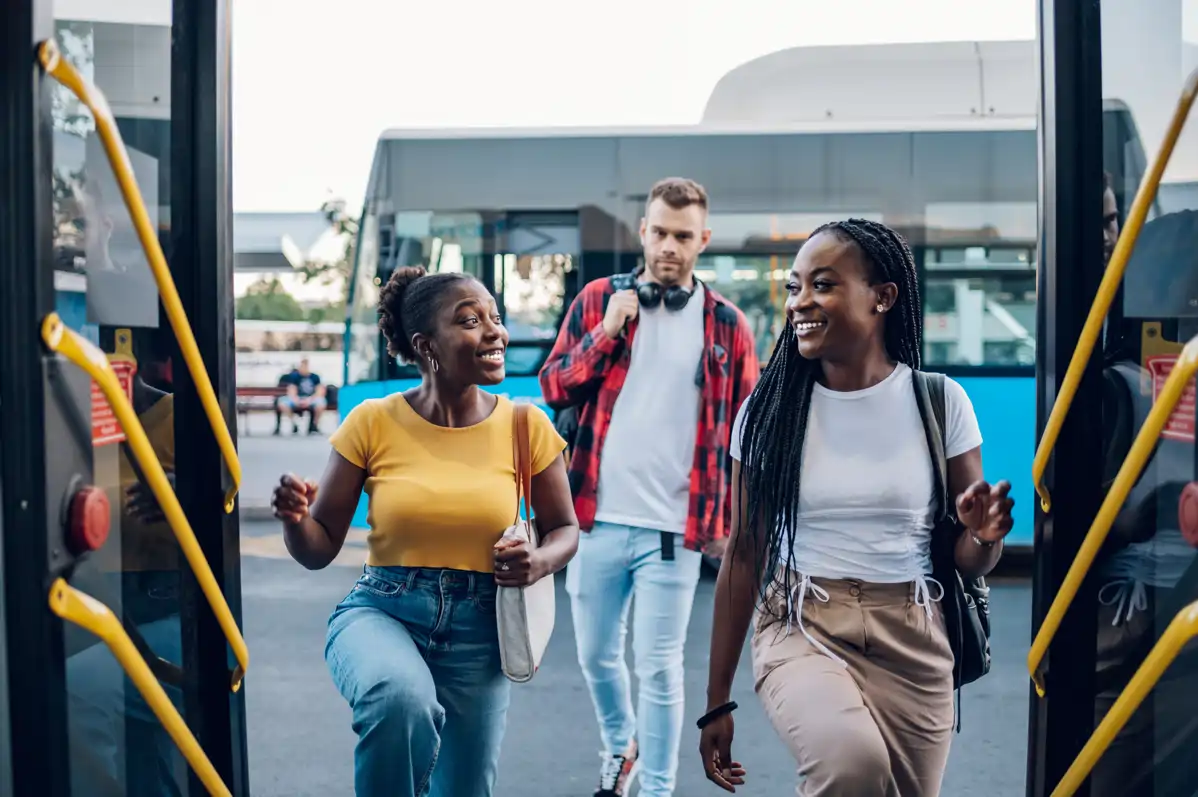
Back in 1989, urban sociologist Ray Oldenburg published the book The Great Good Place. It fired up a discussion about the social importance of public spaces that continues to this day. What Oldenburg called “Third Places” are non-residential, non-work spaces where people interact and connect with others in a comfortable environment. To Oldenburg, our residences are First Places, and our worksites are Second Places. Because they are safe spaces for people to interact and share opinions, Oldenburg felt Third Places were essential to democracy.
People naturally gravitate to Third Places. Oldenburg noted some typical characteristics they share:
- On neutral ground – people aren’t obligated to be there
- Leveling – socioeconomic status is not important
- Conversation-based – conversation is the main activity
- Accessible and inclusive
- Containing a regular set of inhabitants
- Cozy, low profile – not pretentious or expensive
- Playful – no hostility, stress-free
There’s no shortage of suggestions for Third Places. Some that come to mind include:
- Coffee shops, diners, pubs, and bars
- Social clubs or lodges
- Bookstores and libraries
- Bowling alleys
- Shopping malls
- Parks and dog runs
- Health clubs
Going through this list it’s clear that no one place is going to tick all the boxes. Libraries and bookstores, for example, may be neutral and accessible, and even cozy, but they’re not conducive to conversation. The typical cozy city coffee shop or diner conjured by Friends and Seinfeld does not fit with the reality of crowded, noisy ones in Manhattan and elsewhere. Public dog runs are a good example of a Third Place, although in that case the playful regulars are canines. Shopping malls and restaurants like McDonald’s also qualify, even if they don’t have a particularly playful or home-y atmosphere. And several writers have pointed out that activities in some spaces (such as lodges or bowling alleys) were traditionally race and/or gender segregated.
This post argues that in fact our cars are now Third Places. Based on a 2022 survey of drivers, Jeff Jury, SVP/GM of entertainment technology company Xperi, concludes, “Consumers, especially younger drivers, are moving from viewing their vehicle as simple transportation toward seeing it as a space where they can relax and escape.”
It’s a trend that has been accelerated by Covid, which saw attrition from Third Places replaced by people using their cars as waiting rooms instead of entering stores or other venues. Two other trends have hindered these public venues in the US. Covid accelerated a move to the suburbs, which then required people to get into their cars to visit a Third Place, making these venues less likely to be used regularly. And of course, plenty has been written about how our absorption by smart phones isolates us from our surroundings.
But if our cars can be considered a Third Place, why can’t we start thinking of public transit as one as well? Buses, trains, train stations, and bus stops all seem to fit the definition of a Third Place: neutral, leveling, accessible, and with a set of regulars. (In fact, some trains are already functioning as Second Places, by providing access to wifi, charging stations, and work surfaces.) We are creatures of habit; as a result, many riders take the same bus week after week. And rider apps, like our TransLoc Rider, display arrival information in real time, taking the stress out of catching the bus and allowing for a more pleasant rider experience.
Transit agencies already work hard to reach out to their communities to foster a sense of community and ownership. For example, both Atlanta’s MARTA and the Regional Transportation Commission of Southern Nevada hold popup farmers markets at some stations. Agencies also take this a step further by promoting special events like this Halloween-themed train run by the Chicago Transit Authority. These are all ways to delight riders and to change the perception of their commute from a daily chore to one of enjoyment.
In his excellent essay in Rethinking Third Places: Informal Public Spaces and Community Building1, Daniel O’Hare suggests another way that agencies can make the transit experience more like a personal Third Place. “Oldenburg and others write of the role of the staff of Third Places in creating a congenial atmosphere to enable people to feel at home. The staff who historically ‘curated’ the public transport experience have been disappearing for several decades due to cost-saving and replacement by technology…. Personalisation – and custodianship – can be imparted in smaller ways, however, by amusing notices posted by station staff or by dryly humorous announcements made by quirky station and train staff.” This saddles the overworked bus operator with the additional responsibility of making their bus a Third Place. However, at the very least, signage to remind riders of the need to be courteous towards others can function in their stead. These can convey the message in a way that helps riders feel they are part of a group.
Third Places are essential to promoting community and belonging by offering non-formal, free social interactions. And public transit is one community you can find all over the world.
1Rethinking Third Places: Informal Public Spaces and Community Building edited by J. Dolley, & C. Bosman published in 2019, Edward Elgar Publishing Ltd